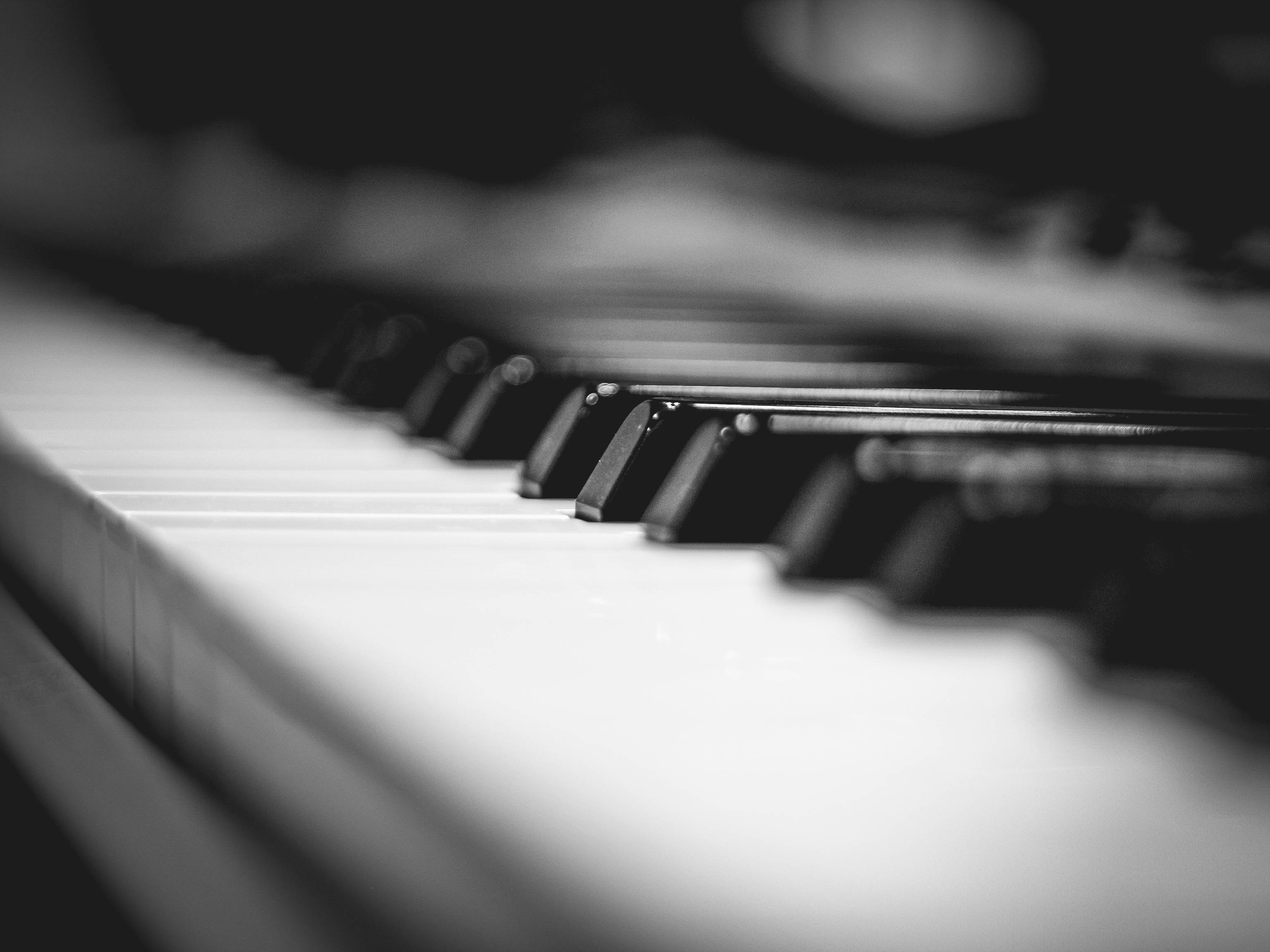基督徒的譴責 Christians' Denouncements
- theospective4

- 2022年1月21日
- 讀畢需時 4 分鐘
已更新:2023年10月14日
To view the English translation, please scroll down to the bottom.
第二次世界大戰之後,基督徒毫不隱瞞地大力斥責納粹黨血腥殘酷大屠殺的行為;但他們卻很少提及,在西班牙宗教法庭(Spanish Inquisition)上,他們自己是如何對猶太人施加殘暴和逼迫。在那兩百多年的期間,穆斯林和猶太人被掛上「異教徒」的罪名,受基督徒控告,被酷刑虐殺。根據現今之統計數據報告,有三千至五千人當時被絞刑,將近十五萬人在法庭上被控罪起訴。
基督徒更是毫不諱言,大力斥責伊斯蘭教的君主專制國家,批評他們如何借用政府的權威,強迫人民信奉伊斯蘭教。基督徒為這些穆斯林飽受蠻橫、惡毒、專制的壓迫,深表關心與同情。住在這些國家的人民,一旦背教,就會受到極端的歧視、被開除教籍、甚至被放逐。在更激烈嚴厲的伊斯蘭教團體裡,他們會進一步地遵照教條裡的「沙里亞法律」(Sharia Law),將背叛教徒施死刑。全世界的基督徒,迫切為這些受到暴君失壓的人民禱告,祈求上帝施恩憐憫、釋放他們;這些基督徒,自己卻看不見自己手中沾滿了奉同一位上帝的名,被他們無辜殘殺人的血腥。
「兩者選一:『死亡』或『信耶穌』」的口號,已經被基督徒採用了好幾個世紀了。他們用這個口號當作藉口,為自己辯護,用來以暴力的手段,強迫其他國家及人民信奉基督教(參部落格:殖民主義)。話說回來,耶穌豈不曾說過,他來是要「把火丟在地上」嗎?耶穌說:「你們以為我來,是叫地上太平嗎?我告訴你們,不是,乃是叫人紛爭!」(路加福音12:49-51)從十一到十四世紀,基督徒不斷地用狠毒、毫無人性的手段迫害猶太人和異教徒,只因為他們不願意改信基督教。「十字軍」更是在身上穿戴了十字架的輝煌象徵,並掛上「義戰」的美名,攻擊穆斯林,搶回基督徒自認有擁有權的聖地。這些聖戰,甚至延伸到斯堪地那維亞及波羅的海地區。當基督徒手持著刀劍,號稱他們帶著聖潔崇高的使命,反覆砍殺穆斯林時,他們還自覺這場仗打得得當無比。
近年來,恐怖份子在全世界襲擊的案子與日俱增。動不動就有自殺炸彈攻擊事件,導致無以計數的無辜者喪生,搞得人心惶惶。希望當基督徒以嚴肅心態來面對社會如此悲慘景象同時,不要只專心一味地譴責這些殘酷的暴徒如何借用宗教口號行惡;反倒能藉由這個機會,反省基督教在歷史上曾使用過的殘忍手段,並不下於現今所目睹之悲劇。不要以高姿態的說:「此聖戰非彼聖戰」,連不幸的醜惡行為都覺得自己比別人聖潔三分。
Christians' Denouncements
After World War II, Christians openly and vehemently condemned the brutal and bloody massacres of the Nazi Party; however, they rarely mention how they themselves had brutally persecuted Jews during the Spanish Inquisition. During that period of over two hundred years, Christians accused Muslims and Jews, labeled them as "heretics," and tortured them to death. According to current statistical reports, between 3,000 to 5,000 people were hanged, and nearly 150,000 people were prosecuted.
Christians openly and strongly criticize the autocratic states of Islam, condemning how they use the authority of the government to force people into Islamic faith. Christians express deep concern and sympathy for the Muslims who suffer from brutal, malicious, and dictatorial oppression in these countries. Residents of these nations face extreme discrimination, excommunication, or even exile if they renounce their faith. In more extreme Islamic groups, they further adhere to the "Sharia Law" and impose the death penalty on those who betray their faith. Christians worldwide fervently pray for the oppressed, asking God for mercy and liberation, yet they fail to recognize the blood stain on their own hands from innocent lives they took in the name of the very same God.
"Choose one: 'Death' or 'Believe in Jesus'" has been a slogan adopted by Christians for several centuries. They use this slogan as an excuse to justify their violent means of forcing other nations and peoples to embrace Christianity (Please refer to my blog post: Colonialism). They said, didn’t Jesus say he came to "bring fire on the earth"? He said, "Do you think I came to bring peace on earth? No, I tell you, but division!" (Luke 12:49-51). From the 11th to the 14th century, Christians continually persecuted Jews and pagans with ruthless and inhumane methods because they refused to convert to Christianity. The "Crusaders" proudly wore the glorious symbol of the cross and claimed to fight a "just war," attacking Muslims to reclaim the Holy Land they believed they had a right to. These holy wars even extended to Scandinavia and the Baltic region. Holding swords and claiming a noble mission, Christians massacred Muslims, believing their cause was righteous beyond measure.
In recent years, the number of terrorist attacks worldwide has increased. Frequent suicide bombings have led to countless innocent deaths, causing widespread fear. While Christians should seriously address these tragic scenes, they shouldn't solely focus on condemning the brutal extremists for misusing religious slogans. Instead, they can use this opportunity to reflect on the cruel methods Christians employed in the past, which are no less tragic than what we witness today. Christians should avoid saying, "Our holy war is different from theirs," as if their actions hold some higher moral ground than others.



留言